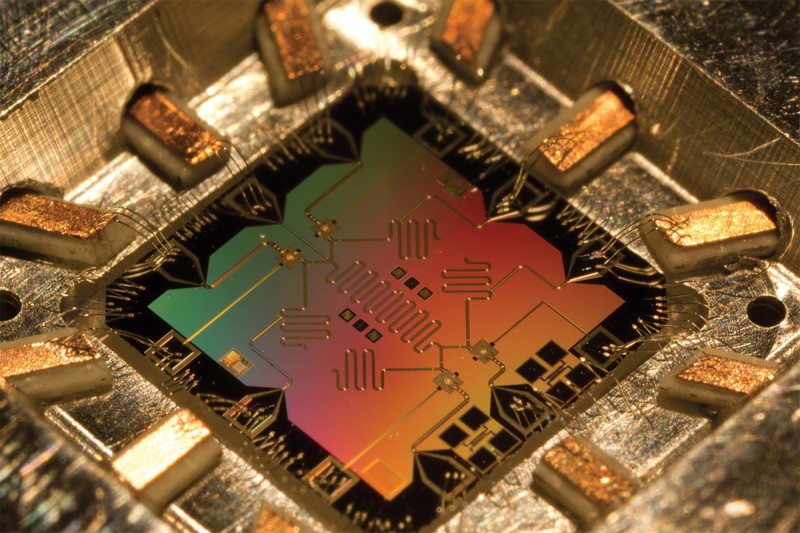The world’s first robotic operation inside an eye has been performed by British surgeons at Oxford’s John Radcliffe Hospital. This could mean revolutionary changes for the healthcare industry and the ocular surgery in particular. The patient who underwent the groundbreaking operation was 70-year old, associate priest, Father William Beaver of St Mary the Virgin Church in Oxford. Following the procedure, Father Beaver said that his eyesight was returning. Previously the priest had been experiencing distorted vision that was described as “looking in a hall of mirrors at a fairground.”
Father Beaver suffered from a condition that left him with a membrane growing on the surface of his retina, pulling it into an uneven shape and affecting his vision considerably. The procedure would fix this by removing the membrane from the retina. Normally the procedure would be carried out by hand by very skilled surgeons, but experts say that robots could complete these high precision tasks much easier than a human can. So, in this innovative procedure, the surgeons used a joystick and touchscreen to control the robot on the outside of the eye while an operating microscope allowed them to monitor its progress.
“We have just witnessed a vision of eye surgery in the future. Professor Robert MacLaren, Nuffield Laboratory of Opthalmology”
This operation was a world first regarding surgeons using a device that could achieve the 3-D precision needed to carry out the procedure. The surgeon to complete the procedure was Professor Robert MacLaren, and when asked about the procedure he stated, “This will help to develop novel surgical treatments for blindness, such as gene therapy and stem cells, which need to be inserted under the retina with a high degree of precision.”
Further tests are continuing, and the current trial involves 12 patients, all undergoing operations with increasing difficulty. First, the robot peels membranes off the retina without damaging it. Next, if the first part is successful, the robot will be used to inject fluid through a fine needle under the retina. The team is hopeful that these procedures could lead to more robots being used in retinal gene therapy, which is currently being trialed across the world as a new treatment for blindness.
More News To Read
- Scientists Turn Food Waste into Energy Storage Devices
- Out with Dow Solar Shingles and in with Elon Musk’s Solar Roofs
- Solar Power Set To Reach Record Levels in Next 15 Years
- Get Ready To Have Your Personal Desktop Waterjet Cutter
- Scientists Discover “Jumping Genes” Have The Ability to Develop Parts of the Brain
- Sony’s PS4 Is the Next Host for VR Porn?











